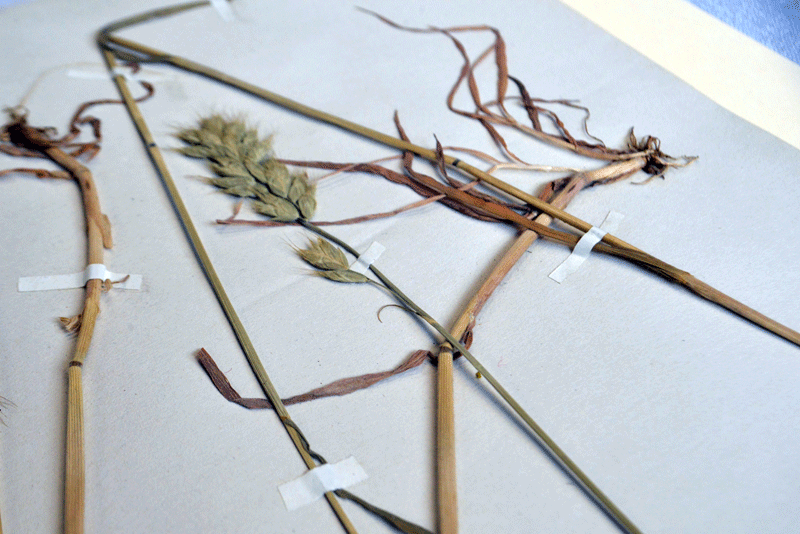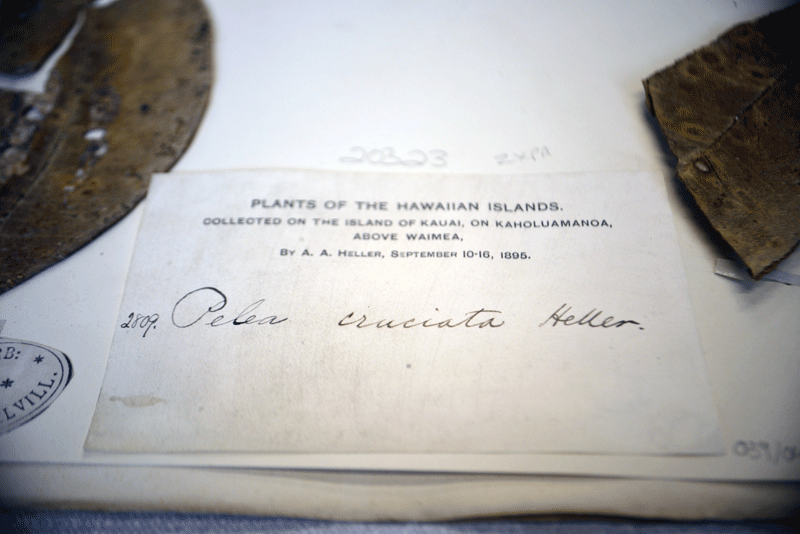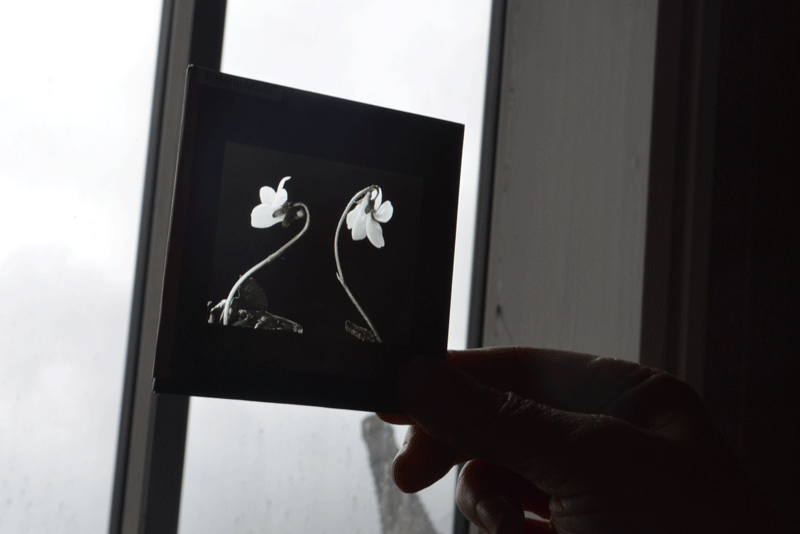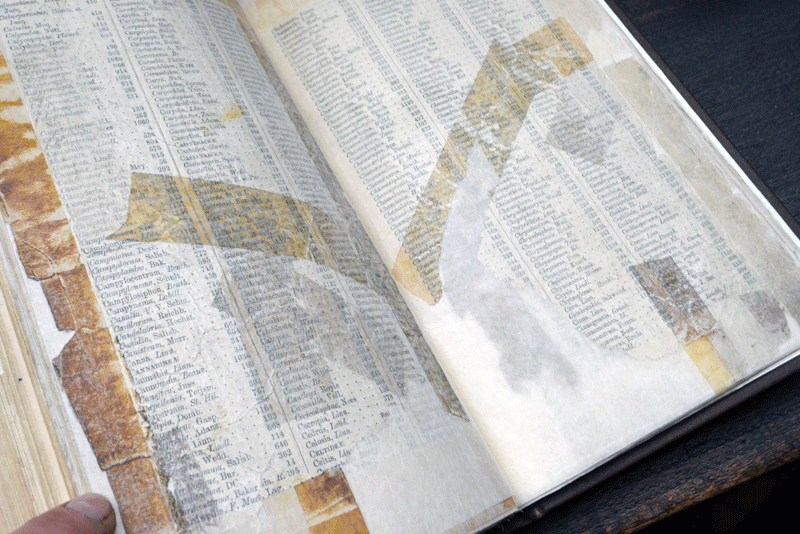Laurence Payot has been appointed as artist in residence for Thinking Through Extinction, a project that explores how the current global mass extinction event is communicated by and encountered in public spaces. Funded by the Arts and Humanities Research Council, the main project partners are University of Leeds, Manchester Museum and Corridor 8.
Laurence will bring together a team of creative people to investigate what people think, imagine, and believe about the broad concept of “extinction”. A final artwork will be presented in October at Manchester Museum or online.
Images below have been collected during a visit of the Manchester Museum Botanical Collection, with Lindsey Loughtman. They picture extinct or endangered plant specimens and illustrations.
In its herbarium, the Manchester Museum has a few rare specimens of extinct species, including the below.
Interrupted Brome, or Bromus interruptus (image one below), a grass that’s extinct in the wild in the UK but seeds were germinated and it is now successfully reintroduced, although it lost its natural habitat.
Pelea Cruciata is an Hawaiian tree, is completely extinct due to human colonisation of its unique habitat, only growing on one small island. Some seeds are conserved but reintroduction has not been undertaken as yet.
Vanvoorstia bennettiana (red seaweed below), was only found in two places near Sydney Harbour. It was found in 1855 and was extinct within a few years, by 1916. The causes were human disturbance, habitat destruction and pollution.
Corncockle, or Agrostemma Githago, was thought to have been brought to the UK in the iron age, but is now extinct in Britain. It is still found in other countries, and is often found in the UK in wild flower seed mixes.














